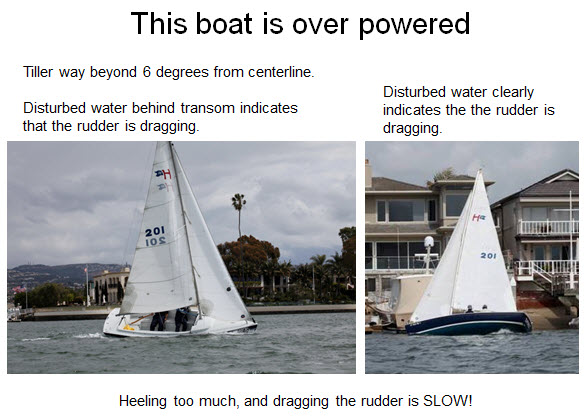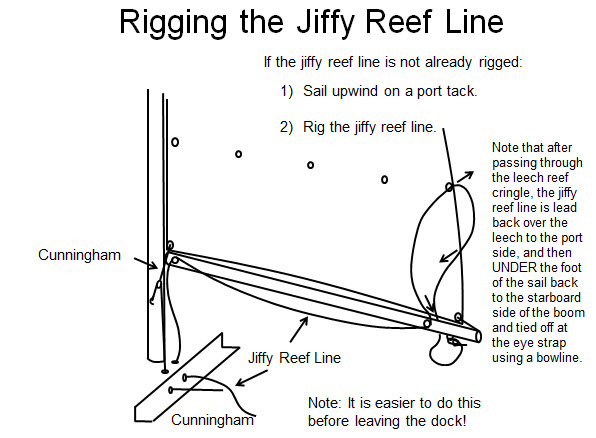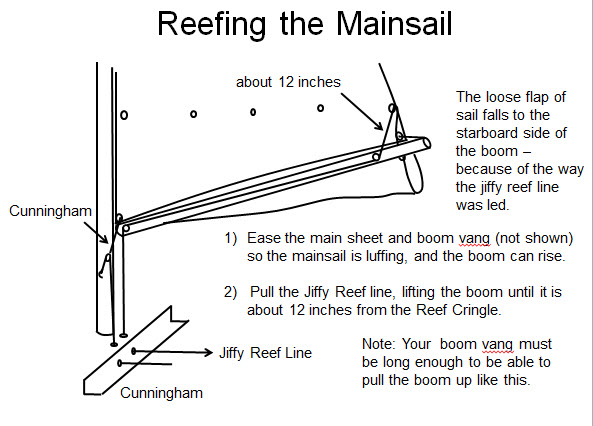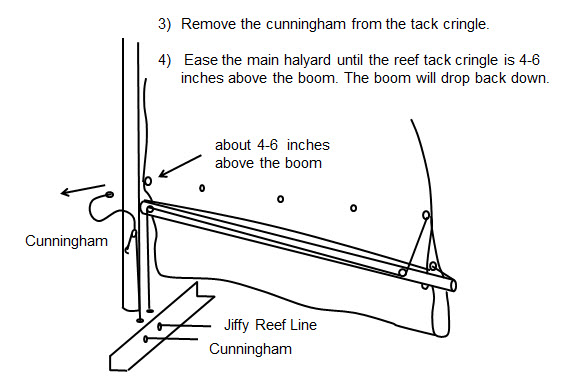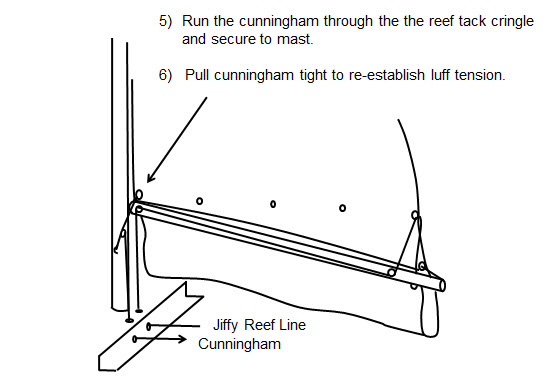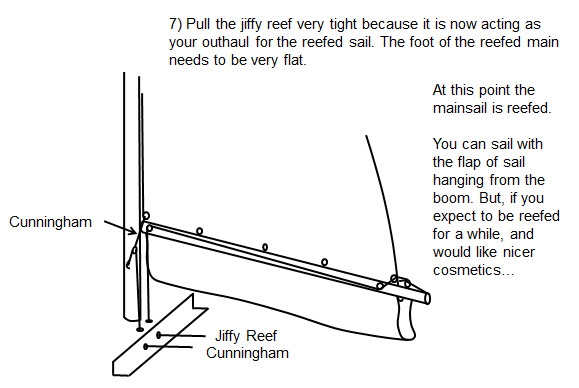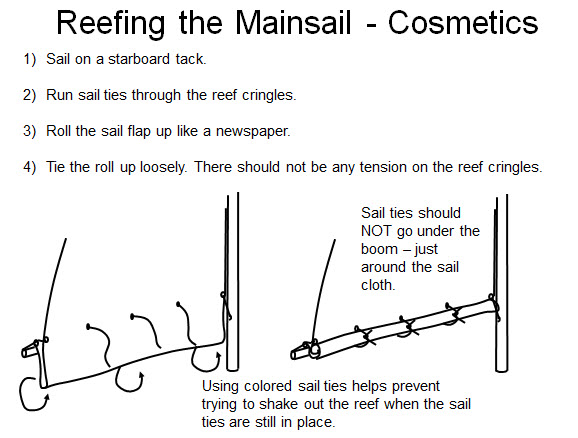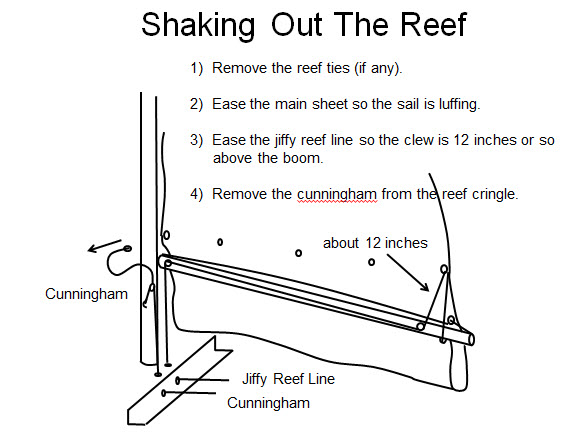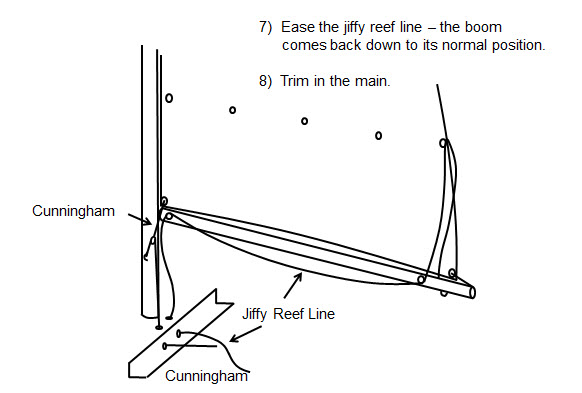Editors Note: Jim Kerrigan was asked to share his attitude and approach for the 2-race Winter Series #3 Regatta today. Winds were 0-4 knots with occasional gusts to 6 knots. Jim won the day with a 1st and 2nd place finish. Following is straight from Jim’s mind…
Positive Thinking About Zero to Four Knots of Wind
I love light air, always have. Whether in my Olson 30 off the east end of Catalina becalmed, drifting for the finish in Ensenada, or sailing against an outgoing tide in the bay… I’ve done well in light air; the more races I get in, the more I study it, and the more I just psyche myself into thinking I can sail well. I guess that’s what the power of positive thinking is all about, but it works.
I had an advantage today because the light air was forecast for several days. I thought about that a bunch ahead of time. In my quiet moments, I visualized that darn flat water, the wisps of wind on the water, “How do I sail this stuff fastly?”
Easy, remember what works (in no particular order):
- Everything is in slow motion, don’t rush anything. Not trim, not tacks, not decisions either. Slow down.
- Watch the water; where is there wind? Just kind of head that way, but don’t rush.
- Don’t pay much attention to anyone else, just move the boat. If you can, get away from everyone, but cover if you’re ahead to keep your position. But again, slowly!
- Don’t trim the sails in tight, keep a good shape first; everything is easy. Let things off five or six inches from whatever you would normally do. Maybe a foot, maybe two feet. Don’t head up, head fast.
- Broad reaching is much faster than going downwind in 0-3 kts. Go fast first, go deep when you can. If you get a puff that looks like it will last, do try winger and go deeper but be ready to go back.
- Don’t tack any time you think you should tack, try to delay but always be heading for wind if you can, heading toward the mark if you can. Tacking is bad.
- The tactic is speed, position is not important. Go fast.
- Do anything to keep a nice shape to the sails, ease off. Use your old main, especially an old jib to get a soft shape.
- Stay on the low side, or the floor. Stay still. Lie down, keep low in the boat especially when bow waves approach.
- You are sneaky fast!
Those are the things I think in prep. I get out earlier on a super light day, than a regular day. I try to sail around just going killer fast. Faster than anyone else just out there going to the race. Go fast, practice the thoughts… Do a slow tack, a slow jibe…
Thinking about light air is a pleasure; thinking about 18 knots is a pain. Anyone can sail in light air; no one can sail in 18 knots, they just survive. You love light air!!!
That’s my prep. By the time the race is on, I’m totally slowed down. I just try to stay away from everyone, stay still, go fast and enjoy the day.
